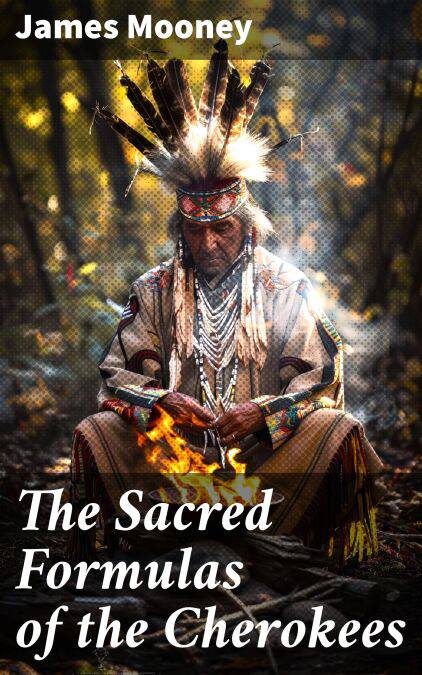
- Afhalen na 1 uur in een winkel met voorraad
- Gratis thuislevering in België vanaf € 30
- Ruim aanbod met 7 miljoen producten
- Afhalen na 1 uur in een winkel met voorraad
- Gratis thuislevering in België vanaf € 30
- Ruim aanbod met 7 miljoen producten
Zoeken
€ 1,99
+ 1 punten
Uitvoering
Omschrijving
In "The Sacred Formulas of the Cherokees," James Mooney meticulously documents the rich spiritual traditions of the Cherokee people through an extensive collection of ritual formulas and chants. This seminal work, characterized by its ethnographic precision and poetic tones, captures the essence of Cherokee cosmology and practices, firmly positioning them within the broader context of Native American studies and anthropology. Mooney's use of a direct, descriptive style provides an invaluable perspective on the intersection of language, ceremony, and belief, illuminating the sacred formulas that have been historically significant to Cherokee identity and cultural preservation. James Mooney was a pioneering ethnographer whose fieldwork among Native American tribes in the late 19th and early 20th centuries laid the groundwork for modern anthropology. His commitment to preserving indigenous voices and practices, coupled with a deep respect for the Cherokee people, shaped his scholarly mission. Mooney's comprehensive approach reflects his understanding of cultural representation and the importance of documenting oral traditions, which were at risk of fading in the rapidly changing cultural landscape of the time. This book is essential reading for scholars of anthropology, indigenous studies, and American literature, as well as anyone interested in the profound spiritual heritage of the Cherokee. By engaging with this text, readers will not only gain insight into Cherokee rituals but also appreciate the intricate weaving of culture, language, and spirituality that continues to resonate in contemporary discussions of identity and heritage.
Specificaties
Betrokkenen
- Auteur(s):
- Uitgeverij:
Inhoud
- Aantal bladzijden:
- 134
- Taal:
- Engels
Eigenschappen
- Productcode (EAN):
- 8596547668886
- Verschijningsdatum:
- 15/11/2023
- Uitvoering:
- E-book
- Beveiligd met:
- Digital watermarking
- Formaat:
- ePub

Alleen bij Standaard Boekhandel
+ 1 punten op je klantenkaart van Standaard Boekhandel
Beoordelingen
We publiceren alleen reviews die voldoen aan de voorwaarden voor reviews. Bekijk onze voorwaarden voor reviews.











